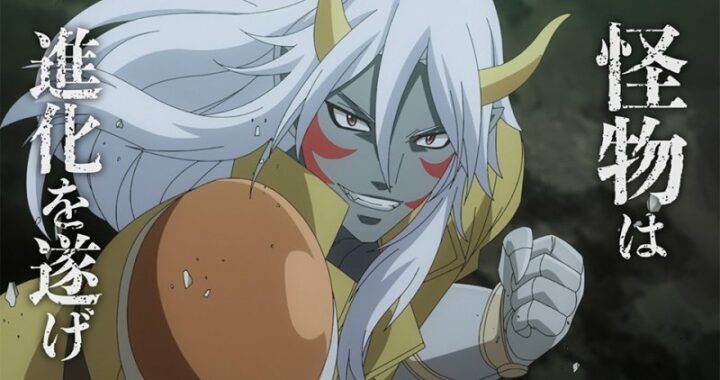 The evil in men’s hearts found ample ground to grow in mine.
The evil in men’s hearts found ample ground to grow in mine.
What They Say:
Lamont Cranston and Margo Lane fly west on Pan Am’s fabulous China Clipper- but the golden age of air travel might just mean fiery death above the clouds for our heroes. In Shanghai, Major Tateo Kondo of Japanese military intelligence puts his own plans in motion, while his American counterparts struggle to catch up. The Shadow battles aerial assassins and worse in The Shadow #2!
Creators:
Writer: Garth Ennis
Artist: Aaron Campbell
The Review:
When I was young my dad bought me two collections of old radio shows: The Abbot and Costello Show and The Shadow. I listened to them both all the time, especially The Shadow, which is why when I read this latest comic adaptation of the famous pulp hero, I hear his voice as Orson Welles.
For those of you unfamiliar with the character, The Shadow is Lamont Cranston (formerly known as Kent Allard), a wealthy socialite with a dark past tied to his actions in the first world war. Cranston possesses psychic abilities, the most famous of which is the ability to “cloud men’s minds” and he uses them—along with a pair of .45 automatics—to wage war on crime.
The character first appeared in pulp stories in the early 1900s and became even more famous thanks to Welles’ radio show. (Fun fact: the actress that played Margo Lane went on to play Endora in Beewitched.) Since then he has appeared in Saturday morning serials, comic books, and a very unfortunate movie starring Alec Baldwin. Over time his character has changed. He began as an American World War I pilot flying for the French who was so thrilled with action that he decided to use his skills in a war against crime. His psychic abilities and the idea of his atoning for a dark past didn’t arrive until later. Right now it’s unclear how much of the backstory Ennis is using for this current version, but there are hints.
This comic takes place in the 1930s before the start of World War II, but after the Nazis begins their rise to power. Cranston is working for the American government as a consultant, funneling useful information he acquires during his outtings as The Shadow. He just discovered a dangerous item that the Japanese and the Germans want (although what that item is has not been revealed yet), and in this issue he and his companion Margo Lane are on a Pan Am Clipper to China where they have to survive an assassination attempt.
It’s interesting to see a more subdued Garth Ennis, given that his best-known work, Preacher, is the model of gonzo comic storytelling. This is certainly more subdued, but he does give The Shadow an edge. Neither Lamont Cranston nor his alter-ego are nice men. They are, in fact, monsters. Fortunately for us, though, they are the kind that prey on other monsters. Cranston even admits this to Margo when she asks him if he hopes his crimefighting will somehow atone for his past. He replies, “Atonement does not guarantee salvation. I would be a fool to chase it.” Interestingly, he follows this up with, “The fate I seek to guide is not mine own.”
If I had to guess, the fate he seeks to guide is Margo’s. Margo has always been his Girl Friday and Ennis does a great job of fleshing out her character. While she may not be The Shadow’s equal (he’s such an extraordinary individual that such a feat may be impossible for anyone, man or woman), she is her own person. You get the sense that she’s constantly struggling against the constraints placed upon her by society because of her gender. She’s smart, strong-willed, and self-possessed, but in that time period that’s seen as more of a hindrance than an asset. The assassins and even the pilots refer to her as hysterical and the assassins call her a whore. No one other than Lamont listens to her and the only advantage to this is that she’s consistently underestimated by her enemies.
Aaron Campbell’s art does a great job of telling this story. He employs a thick-lined, cartoony style that fits the gritty pulp feel of the character. This is enhanced by the great inking and the colors by Carlos Lopez. There is no separate inker listed on the credits page, so it’s unclear if Campbell or Lopez performed that duty, but whoever did it did a great job of using shadow for effect. The colors are appropriately dark and muted, further enhancing the overall feel of the comic.
In Summary:
I’m very happy to see The Shadow back in comics, and I’m even happier to see how Ennis and Campbell are treating the character. This is a dark, dangerous, charismatic character running around in the bigger-than-life setting of the 1930s. There’s danger, intrigue, and mystery galore, making me want to come back for the next issue. I’d say that The Shadow is in very good hands. Criminals beware!
Grade: A+



